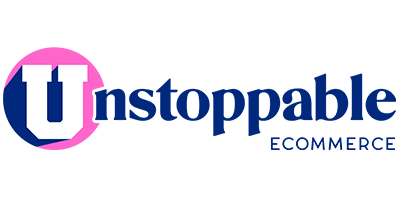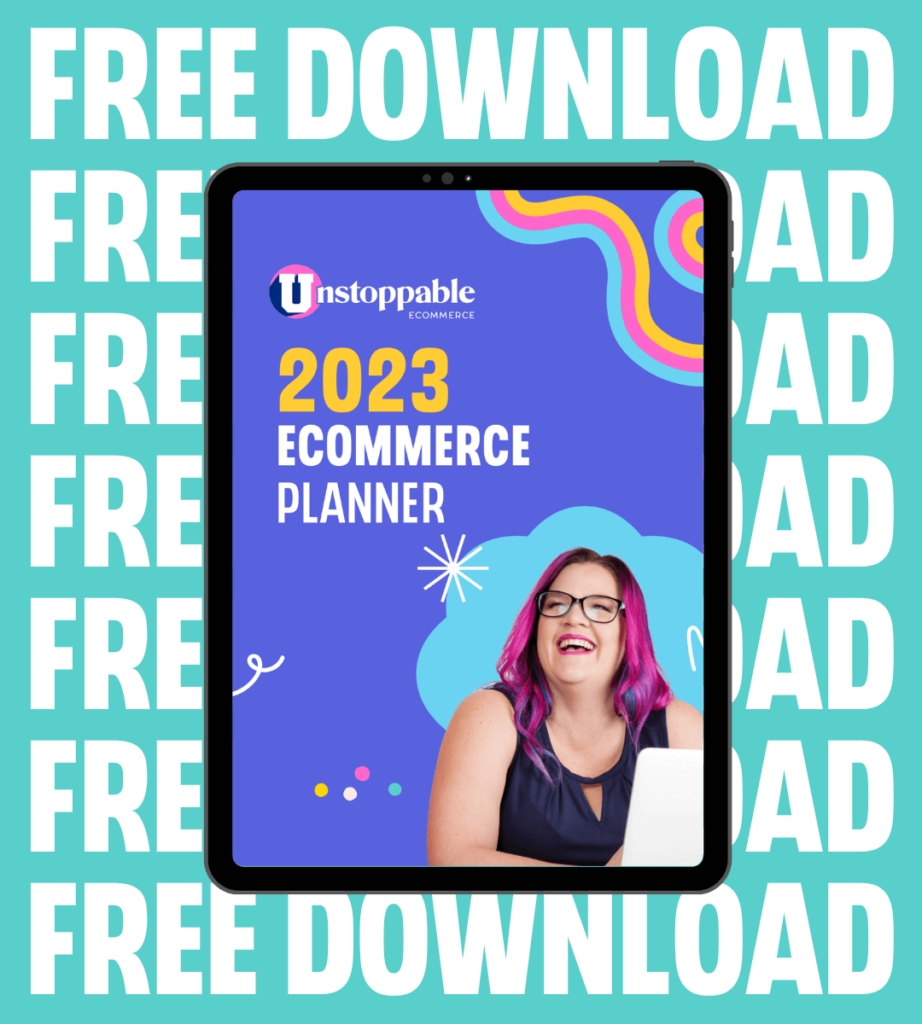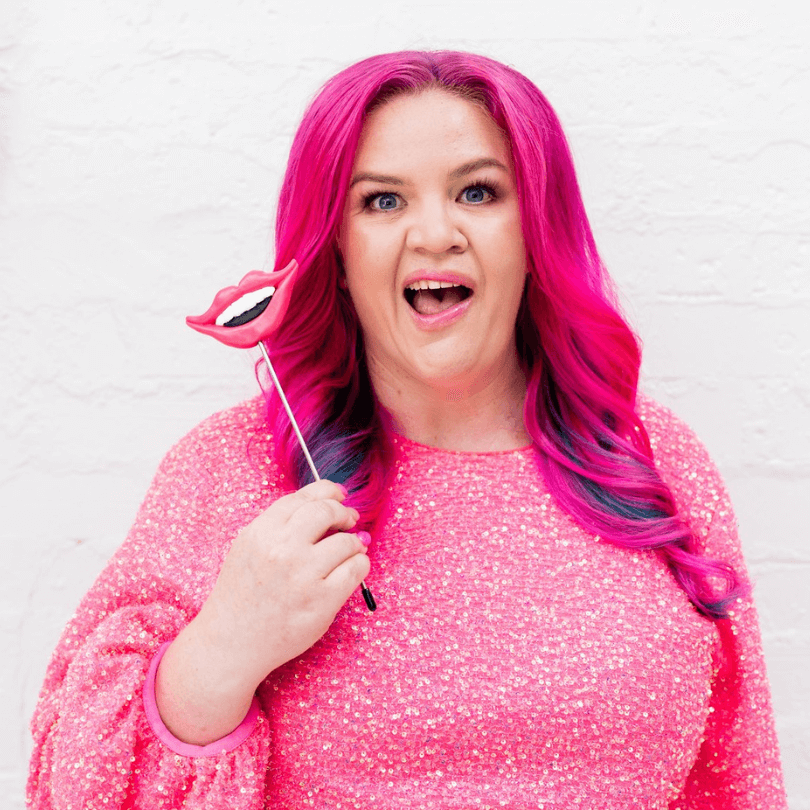We purchased from 30 online stores – here’s what we learned
In light of the current pandemic a lot of businesses are feeling unsure, overwhelmed and uncertain of what will happen to their business, income, etc..
Inspired by Denise Duffield-Thomas, Karyn and I decided we would commit to supporting online store owners in various ways, including by spending with them.
We asked people to share their products with us in a post in our group, then we went on a support shopping spree.
Why?
- We wanted to intentionally act from a place of support and abundance, not scarcity or fear
- We knew that the little cha-ching sound of a purchase would spark confidence & optimism for online store owners
- We hoped it would encourage people to pay it forward and to spread love and abundance by shopping with other small business owners.
We made a purchase from 30 online stores and while we were there we observed the following opportunities to improve:
When someone asks for a recommendation, send them to the product page, not your home page
Heaps of people said they recommended a certain product but sent me to the home page. This is like asking a shop assistant where the soap is and they say “in the shop somewhere” as opposed to “isle 10 just past the tissues”. Don’t make it hard for people to find what they are looking for and to give you money.
On that, if someone does happen to land on your home page, make it easy for them to find what they are looking for. Think of your menu like isles in a supermarket. Clearly categorise and communicate what you sell and where people need to go on your site to find it.
Limit distracting pop ups
Turn off pop-ups that distract your customers’ attention. For the most part, pop-ups are simply annoying and don’t increase your chances of making a sale. Just because you can have them, doesn’t mean you should.
Ask for people’s emails, but don’t send people away from your site
Capturing an email address is great because not everyone is going to purchase the first time they visit your site. By getting their email (and their permission to send them marketing communication) you can continue building up the relationship with them until they decide to purchase from you, or unsubscribe. If you are going to offer an incentive in exchange for someone’s email address:
- Make sure the incentive is good. “Subscribe for the latest updates” is not enticing.
- Don’t send people away from your website to get their code. A lot of sites said “thanks, check your inbox for your code”. What you’re doing here is basically sending people away from your website to a place filled with other brands’ offers and marketing communications.
Here are 2 websites that I thought offered particularly good incentives in exchange for my email: https://psimvegan.com.au/ and https://tribeskincare.com.au/
Don’t deter people with shipping
Free shipping is the best so if you can, offer free shipping. Or at least have a free shipping threshold where people have the option of qualifying for free shipping if they spend over a certain amount. We have an entire blog dedicated to shipping if you’re curious to learn more about the psychology of shipping and how it can impact your online stores’ conversion rate.
If you are going to charge shipping, communicate it early. There’s nothing worse than spending time browsing a site, picking out an item, adding to cart, initiating checkout then being hit with surprise shipping costs, especially if the cost of shipping is almost the same as the product you are buying. It’s just annoying. Clearly tell people what they can expect to pay for shipping upfront and all throughout your site.
A surprising number of sites had “local pickup – free shipping” selected as the default shipping rate. This doesn’t show until the final checkout so you think you’re getting free shipping until all of a sudden you aren’t. Super annoying and an unnecessary obstacle.
Keep it super simple
Remember not everyone knows as much about your product for the first time. When designing your product page try to step into the shoes of someone who has never seen your brand or product before. What do they need to see to be enticed to buy?
- Don’t try to over complicate things. Communicate what you sell, who it’s for and why they should buy it in a clear, simple, easy-to-understand way.
- The standard works. Don’t try to reinvent the wheel when you’re designing your site. Consumers are used to websites being laid out in a certain way. If you try to be too different people won’t know where to look. Be different in other ways, like your images and language, not the layout of your site.
Images are everything!
Images are one of THE most important elements of your online store. Include a mix of product-only and lifestyle images (images that show your products used in context). Make sure you show every angle of your product and if you sell clothes, tell us what size the model is wearing. Oh, and keep your images all the same size. You don’t want people noticing little discrepancies and taking their attention away from you and your products.
Make sure you have a Pixel properly installed on your website
A Facebook Pixel is a free little piece of code that you can install on your website and it allows you to retarget people like magic after they have been onto your website. 76% of websites we purchased from either didn’t have a pixel, or had that was not paired with a catalogue.
Make sure you have a privacy policy
Exactly 50% of sites we purchased from didn’t have a privacy policy. Your online store needs to have a privacy policy and in most countries is governed by law. Shopify has a free privacy policy generator that makes it easy to create a privacy policy for your website.
Aim to make your packaging instagramable
You want your packaging to be Instagramable. People love a good unboxing experience and when your packaging is a little bit special it makes the experience more engaging, memorable and sharable. Of course, you want to make the packaging, wrapping and materials that your product comes in beautiful and on brand, but by adding something a little extra goes a long way. https://bytaralouise.com.au/ popped in a lollypop which was super cute, memorable and put a big smile on my face.
Also, make sure your packaging aligns with your customers’ values. Consider environmentally friendlier packaging options.
Focus on repeat purchases
As well as acquiring new customers we also want to focus on repeat purchases and loyal customers. Selling to an existing customer is much easier, quicker and cheaper than acquiring a new customer.
Send follow-up communication. So often people put so much effort and energy into acquiring a new sale they forget that the purchase journey doesn’t end at the checkout. Don’t forget to continue on the communication with customers after the sale.
Share the love & keep moving forward
The more success you have the more positive impact you can have on your life, your family, your community and the world around you.
If you are feeling helpless at the moment, the best thing you can do is to support someone else. On the other hand, if your store is experiencing success, as a lot are at the moment as more people move to online shopping, share the love and support another business. It will literally make their day.
We hope this feedback will help inspire and motivate you to improve your online store. Comment and let me know if you’ve found this helpful and what areas you are going to focus on first.
PS: We have also created this eCommerce Thrive Guide. In this guide we illuminate proactive, positive actions you can take to strengthen your business now, and into the future. Click here to access the guide now.

Written by Megan Winter
Megan is an award-winning marketer and has worked with some of the fastest-growing eCommerce brands in the world.
Megan loves helping ethically-produced, heart-centred, soul-driven online store owners to make more income and achieve more impact.










